When planning to purchase a 30kg suitcase-sized bag to meet your travel & transportation needs, you need accurate information and reliable guidance from a seasoned expert. Baggage allowance essentially refers to the specific amount of hand/carry-on luggage that an air company allows per passenger. While the luggage limit varies depending on your destination, flight origin, type of ticket, and cabin class, you are advised to confirm the stipulated limit with your airline on. Aircraft luggage is generally categorized into two types:
-
Checked baggage: This type of luggage is stored in the cargo hold of a passenger airline or train.
-
Hand/carry-on luggage: This type of baggage is light, portable, and accepted in the passenger compartment of a train or an aircraft.
Air Lingus
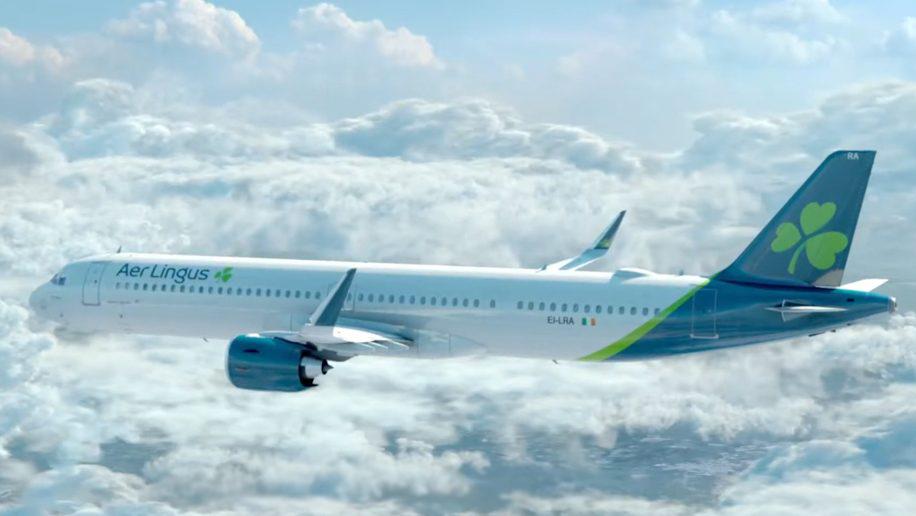
When you are traveling on Aer Lingus, it's paramount to ascertain how the stipulated baggage allowance can affect your flying needs.
1. Cabin baggage
As an Aer Lingus passenger, the company allows you to carry a single piece of luggage measuring 55cm by 40cm by 24cm and not exceeding 10kg in weight.
2. Checked luggage
With checked baggage, the company charges cheaper rates when flying within Europe compared to overseas destinations. Moreover, the baggage prices fluctuate when traveling during off-peak and peak seasons. As a passenger, Aer Lingus allows you weight options ranging from 15kgs to 40kgs and a maximum of three pieces of baggage.
For nearby destinations, the company will charge you 20 euros for the 15kg bag and 65 euros for the 40kg bag. Faraway destinations can set you back 50 euros for the 15kg bag and 85 euros for the 40kg bag.
3. Excess baggage
When you have excess baggage, Aer Lingus is entitled to charge you excess baggage fees proportional to its weight. The company charges 10 euros per extra kilogram in Europe and 75 euros per bag in transatlantic flights.
Air Canada
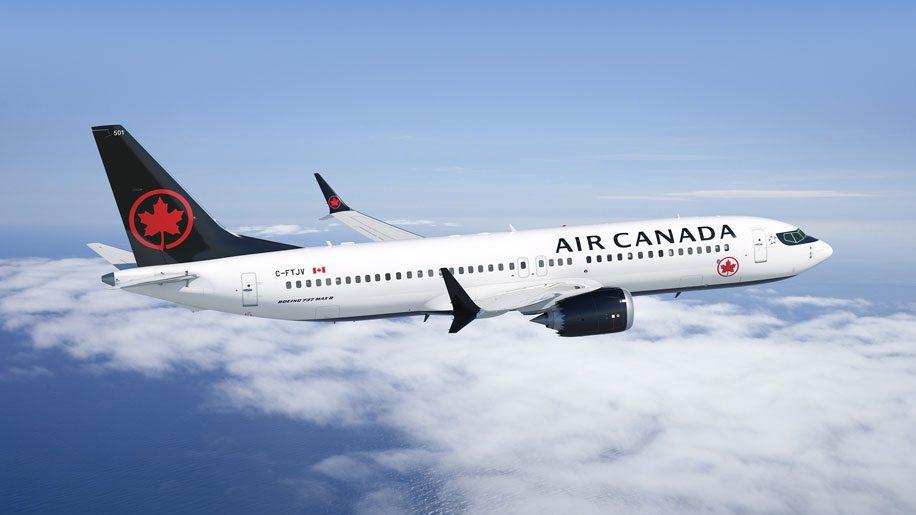
Air Canada is widely considered to be a leading airline. In-flight services aside, the company offers passengers multiple options to handle baggage with efficiency.
1. Carry-on allowance
When traveling on an Air Canada flight, the company allows the entry of a single cabin bag measuring 23cm by 40cm by 55cm and not exceeding 10kg in weight. You can carry an additional personal item measuring 16cm by 33cm by 43cm.
2. Checked baggage allowance
Air Canada enforces a maximum weight of 23kg per bag with a total dimension of 158cm.
Air France
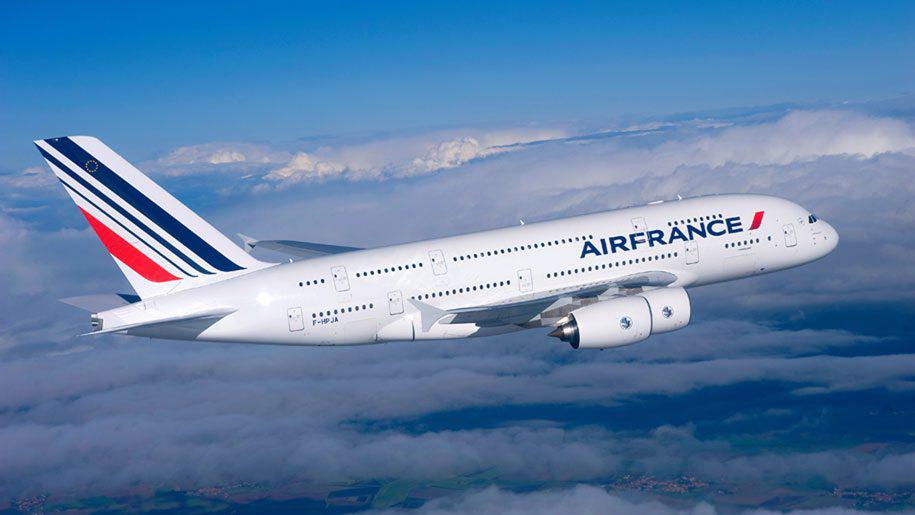
There has never been a better choice than to purchase a 30kg suitcase-sized bag when flying on an Air France flight. It's advisable to ensure that your luggage specifications and safety are prioritized during your trip. Here are a few guidelines that you need to consider:
1. Checked baggage size
To be eligible for an Air France flight, your checked baggage size should not exceed 158cm or 62.2 inches. If your checked luggage exceeds 158cm but falls short of 300cm, the airline is entitled to charge you an extra fee at the airport.
2. Checked baggage weight limit
As much as flying is essential in today's world, you must comply with a couple of stipulations to ensure a hassle-free flying experience. Your checked luggage items must not surpass 23kg or 50.7 pounds in the Premium Economy and Economy cabins. If you are booked on the La Premiere or business cabin, your luggage should not exceed 32kg or 70.5 pounds. Before making any final booking, ensure that your 30kg luggage bag size lives up to the specified rules set by your airline company.
3. Prohibited baggage types
Air France is widely known for enforcing stringent rules regarding prohibited luggage items. Baggage made from household plastic wrap and a flexible plastic bag is forbidden on any Air France flight. Not only is such material hazardous to airport equipment but also contributes to delays in fast luggage delivery.
Air Lufthansa
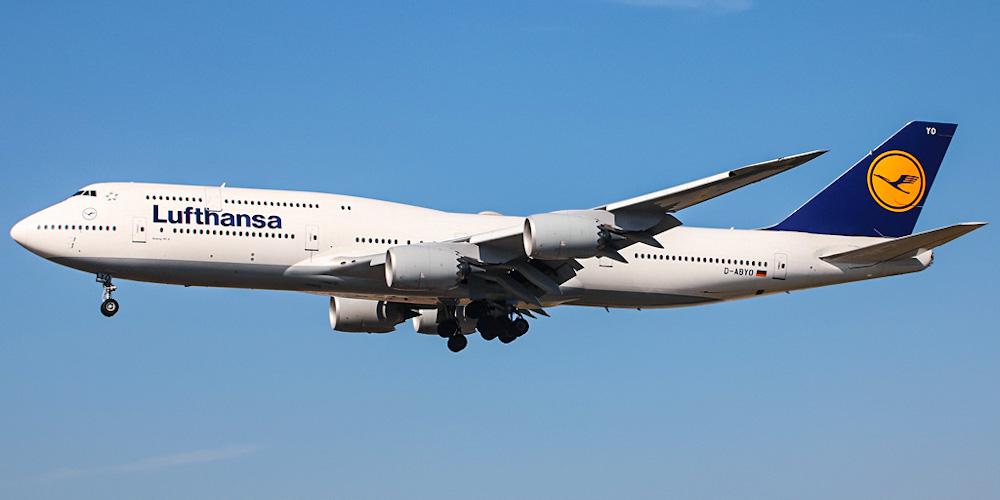
Lufthansa has progressively grown to become a leading airline worldwide. To ensure efficient service delivery, the company has adopted the following luggage guidelines:
1. Carry-on allowance
As a Business or First Class passenger, you are allowed a maximum of two carry-ons. If you are a Premium Economy passenger, you can only bring on board one carry-on. Each carry-on bag must fit in the passenger compartment and meet the following requirements:
- Maximum carry-on weight of 8kg or 18 pounds. -Specific dimensions measuring 55cm by 40cm by 23cm.
2. Checked baggage allowance
For intercontinental flights, your checked luggage must meet the following free baggage allowance stipulations:
- Two bags weighing 23kg each if you are a Premium Economy Class passenger
- Two bags weighing 70 pounds or 32kg each if you are a Business Class passenger
- One bag weighing 50 pounds or 23kg if you are an Economy Class passenger
- Three bags weighing 70 pounds or 32kg each if you are a First Class passenger
United Airlines
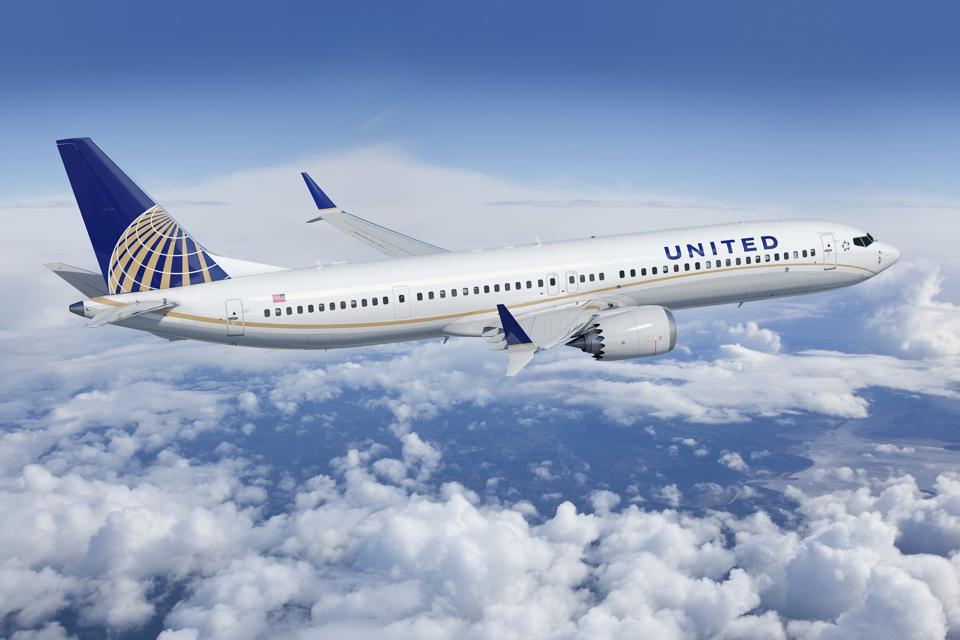
1. Checked baggage/hold luggage policy
As a United Airlines passenger, the company mandates you comply with the following policy details: Two standard bags measuring 157 centimeters and a maximum weight of 23 kilograms
2. Carry-on baggage policy
As a United Airlines passenger, you are entitled to one carry-on bag and one personal item such as a laptop or purse. The carry-on luggage should not exceed 115 centimeters and must fit in the overhead bin.
Japan Airlines
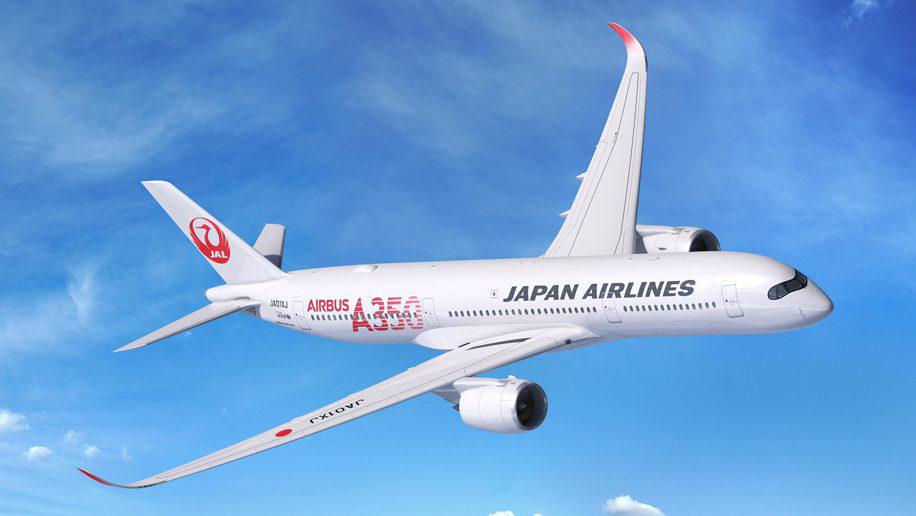
1. Checked baggage allowance
As a Business or Premium Economy Class passenger, you can bring on-board two 50 pound or 23kg bags for free. If flying First Class or Business is your forte, the company allows you to carry three 70 pound or 32kg bags.
2. Checked carry-on baggage allowance
When traveling on a Japan Airlines flight, you can bring one carry-on bag measuring 55cm by 40cm by 25cm plus one additional personal item. More importantly, your bags must not surpass the 10kg weight.
British Airways
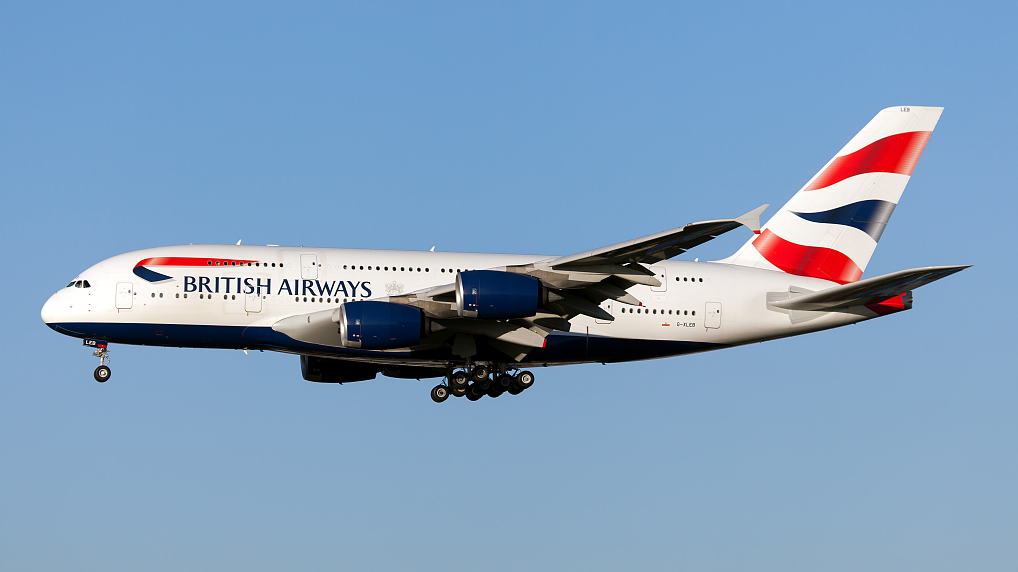
British Airways is widely known for offering a multitude of flight services tailored to make your flying experience unforgettable.
1. Hand baggage
As a British Airways passenger, you are permitted to carry one small item and one piece of hand baggage on board. Your hand luggage must not surpass 56cm by 45cm by 25cm while the small item should not exceed 40cm by 30cm by 15cm. But both pieces of luggage must not exceed 23kg each.
If your hand baggage surpasses the specified limit, it is automatically checked into a holding area.
2. Checked baggage
The amount of checked baggage you can carry is highly dependent on your booking, ticket type, and the fare charged. Each piece of luggage must not exceed 90cm by 75cm by 43cm. Depending on your ticket or route, your piece of baggage must not surpass 32kg.
3. Musical instruments and sporting equipment
Transporting sporting equipment and instruments as part of your checked baggage allowance isn't as difficult as you might think. British Airways allows you to carry heavy items measuring 190cm by 75cm by 65cm and weighing 45kg.
What Additional Items Do You Need to Consider?
Apart from the conventional measurements and sizes enforced by various airline companies, it is essential to consider baggage bans. Such bans are crucial to ensuring smooth travel and must be considered before booking a ticket.
- Alcoholic beverages
When you are flying on a domestic or international flight from the U.S, the FAA stipulates that all liquids must be packed in containers not exceeding 3.4 ounces. For you to carry alcoholic drinks during your flight, the FAA insists that the alcohol content must range between 24% and 70%. Any alcoholic beverage beyond 70% is strictly forbidden in U.S flights.
- Meat, fruits, and agricultural products
Most airlines prohibit the distribution of meat, vegetables, and fruits on international passenger flights. However, you can bring onboard a piece of fruit and consume it while in transit. Failure to do so only places you at risk of harsh questioning upon landing.
- Liquids over 100ml
All airlines worldwide have universally adopted stringent rules regarding the transportation of liquids over 100ml. As for passenger-carrying liquids, you need to ensure that your fluids are stored in a clear, quarter-sized zip-top plastic bag.
- Guns
Guns are widely considered to be dangerous weapons and airlines have enforced strict rules regarding their transportation. If you intend to bring a weapon on board, you need to check with your airline beforehand for clarification and convenience. In most cases, you could be instructed to store it in a piece of checked luggage in a hard-sided container.
- Lighters and flammable products
Starting a fire is the last thing on anyone's mind when flying. As such, airline companies will direct you to place flammable products in checked pieces of luggage. It's imperative to consult with the TSA on the specific rules and restrictions.
- Perfume
Rather than wear a strong fragrance, it's crucial to consider the subsequent effect on nearby passengers, some of whom might be allergic. Save the scent until you reach your destination.
Take Away Words
Flying is an exhilarating experience that redefines our interactions with other people. To ensure an unrivaled experience, you might want to consider the various guidelines to ensure that you operate within the law.



COMMENT
Detailed information, thanks.